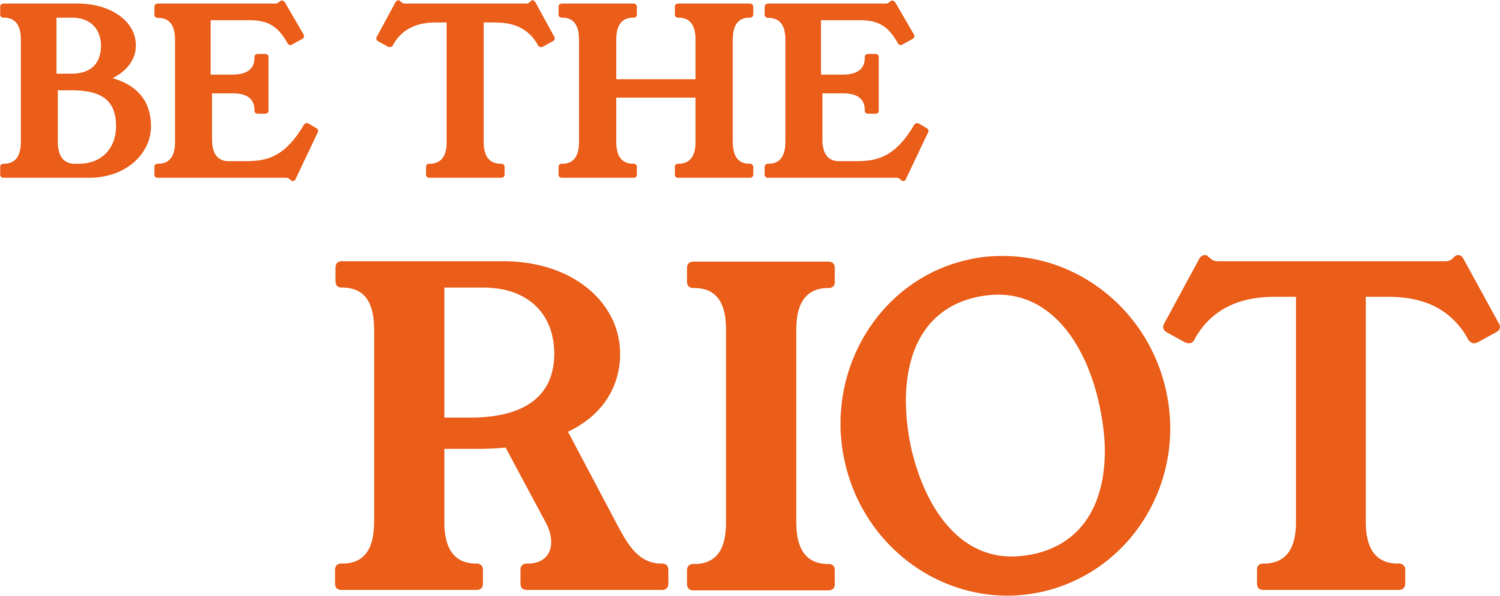5 Tips for LGBTQ+ History Month
It's LGBTQ+ History Month!
As with Pride month, many organizations will seize this as an opportunity to focus attention on LGBTQ+ inclusion. But for lasting impact, we need more than a month. Here are a few tips to embed LGBTQ+ inclusion year-round.
TIP 1: Listen to your LGBTQ+ staff and customers.
This is the most important. Get an understanding of their experiences and any challenges they’ve faced while working for your organization or interacting with your services. Find out what they’re expecting from you as an organization.
You may find that LGBTQ+ employees have ideas to improve ways of working. It may be that there aren't many LGBTQ+ people engaging with your organization, you can explore why that is and gain useful information to improve or create new services. As a result, you could make improvements that resonate with people who are LGBTQ+.
To create ongoing opportunities for people to share feedback about LGBTQ+ inclusion:
Create an anonymous online form (available at all times)
Put out open invitations to focus groups or one-to-ones
Provide contact information for feedback wherever you promote something as inclusive or LGBTQ+ friendly
Run regular EDI surveys
Whatever the method, participation should be voluntary, spaces should respect confidentiality, allow for anonymity and be centred on listening.
TIP 2: Stamp out the ‘phobias*
LGBTQ+ employees and customers should be protected by the organization if they experience discrimination. Whether that’s microaggressions, overt discrimination or unfair treatment of any kind.
Make it clear that such behaviours are unacceptable and that you will take action
Outline how people can report incidents that made them or someone else uncomfortable
LGBTQ+ people were at least 10% more likely to have experienced workplace conflict than non-LGBTQ+ colleagues, within the last 12 months. The higher levels of conflict included: Being undermined, humiliated, and facing verbal abuse and discrimination. (CIPD)
All employees should know how to report an incident and do so with confidence that the organization will have their back. People who interact with your organization should be able to find this information with ease.
*Biphobia, homophobia, lesbophobia, queerphobia, transphobia.
TIP 3: Encourage authentic gender expression
This tip goes beyond people who are LGBTQ+ and allows everyone to simply breathe and just be. If you have a dress code, there’s usually no need to separate expectations based on gender or sex:
Simply outline the style and provide non-gendered examples
For uniforms, allow people to choose items that reflect their gender expression, not what traditional gender norms say they should wear.
This allows people to express their gender, authentic to who they are. People who are gender non-conforming, and those who may identify as non-binary, are often excluded by such policies. And many people who aren’t LGBTQ+ express their gender in a variety of ways.
Encouraging authentic gender expression is about more than written policies. Failing to mention gender expression can cause people to make assumptions based on traditional gender norms. People might think that it’s not a safe environment for their gender expression. Avoid this uncertainty by:
Being very clear and saying “We welcome all gender expressions”
Those simple words can make someone more comfortable expressing themself how they choose.
TIP 4: Pronouns… set clear expectations
We encourage organizations to set the standard of respecting people's pronouns and not to assume a person’s gender identity. This means allowing people to reveal their pronouns themselves and where they haven't done so, simply use gender-neutral language.
Pronoun use can be helpful for people who experience being misgendered, and that’s not only LGBTQ+ people. Inviting people to share their pronouns when meeting for the first time can be a valuable tool. But don’t pressure people to share pronouns because many people aren’t comfortable sharing for a variety of reasons. Some people prefer others to simply use their name and avoid pronouns altogether.
To set clear expectations:
Create simple guidance for your employees
Include example phrases like “I’m Jo and my pronouns are they/them” and “You’re welcome to share your pronouns, but there’s absolutely no pressure to do so”.
Share useful online resources* that explain pronoun use
This can help to alleviate any concerns that people might have. People might not know why pronoun use can be valuable, make things clear for them and give them the confidence to practice inclusion.
TIP 5: Educate people
All employees should understand how to create an inclusive environment. This includes knowing what LGBTQ+ inclusion looks like in practice, and what behaviours and attitudes are unacceptable.
For LGBTQ+ inclusion, everyone should understand the importance of respecting:
A person's gender identity
A person's pronouns
A person's gender expression
A person’s romantic preferences
And the importance of confronting their own biases.
It’s helpful to focus on inclusion within manager training. An important part of being a manager is creating a psychologically safe workplace and motivating others to be their best selves. All managers should know what is not acceptable and how to step in and support an LGBTQ+ person if they have a negative experience based on who they are.
Time to take action…
It’s time to put the 5 tips into practice. Although LGBTQ+ History Month will have engaging one-off activities taking place. Use this as an opportunity to reevaluate LGBTQ+ inclusion more broadly and introduce changes that will have a long-term impact on how people feel and how people experience your organization.
*Online resources about pronoun use:
Article by Stonewall
Video by Culture Amp
